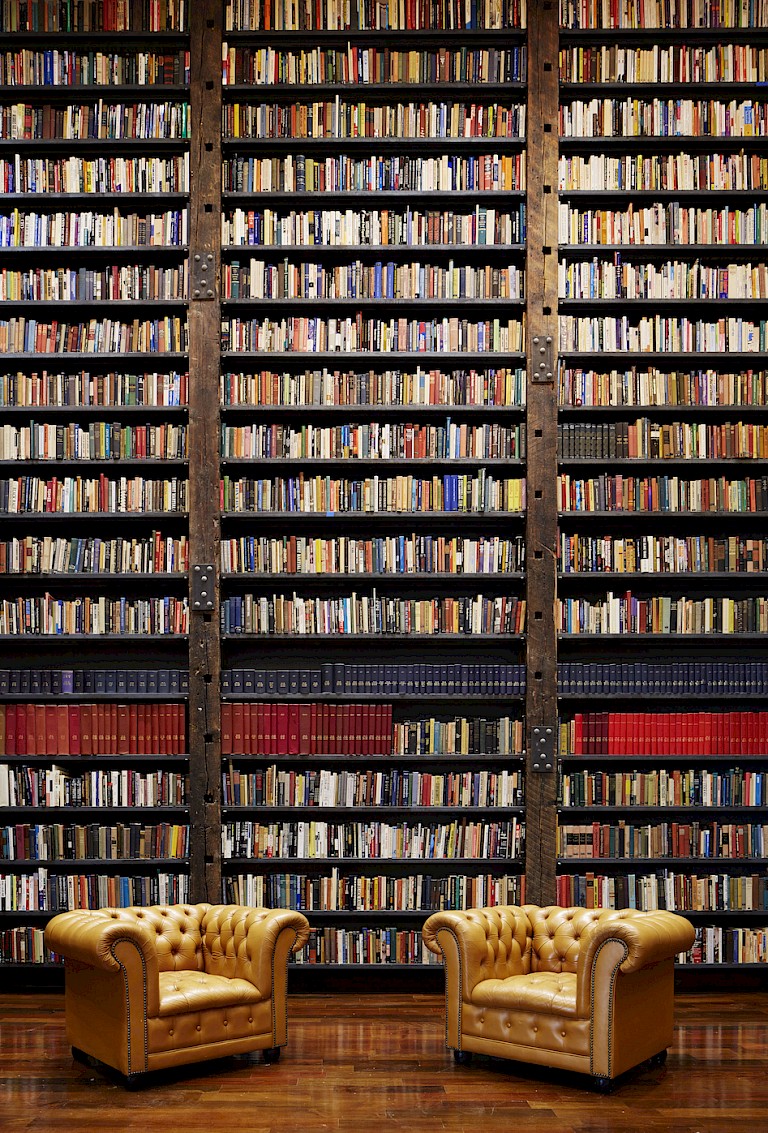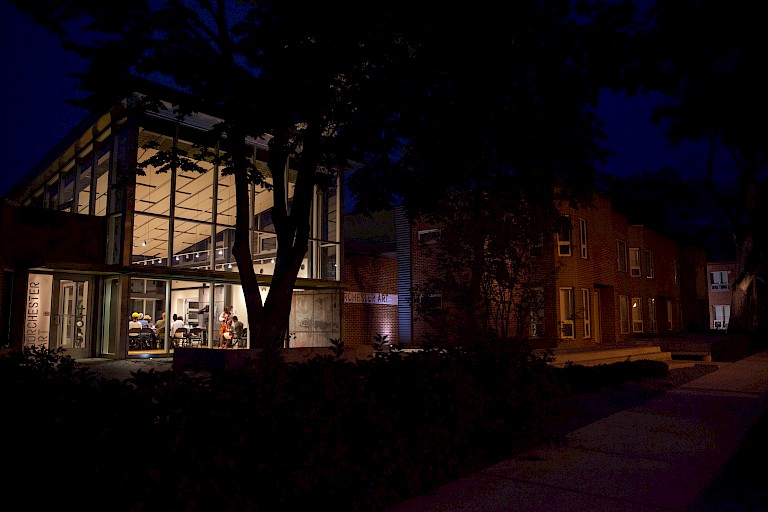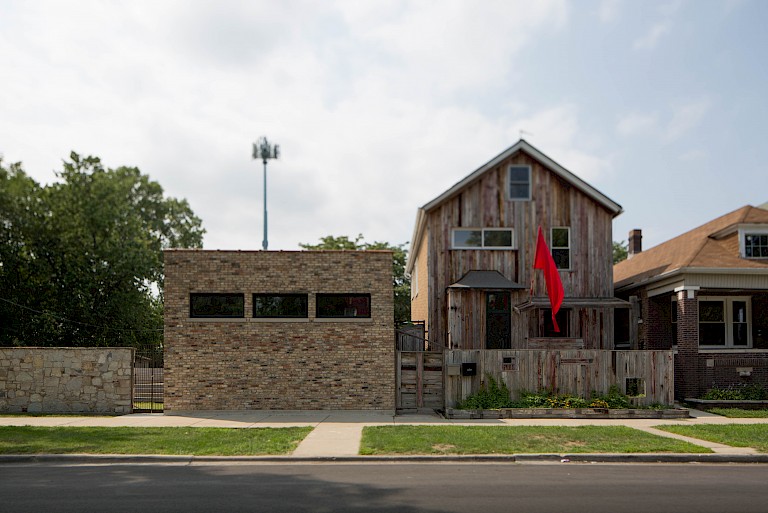



To counter this exodus, Gates envisioned revitalizing the neighborhood by turning empty properties into arts and community spaces. .Now covering half a dozen properties, the project continues to expand. Events and work have been supported by grants and donations, but Gates is also developing alternative means to finance and sustain continued growth, and to bolster the local economy.
In 2006 Theaster Gates moved into Chicago’s Greater Grand Crossing neighborhood, which was suffering from economic downturn, with the idea of creating a possible “residual effect” throughout the area via his own presence and property maintenance. Nation-wide, however, economic hardship and the impact of the housing market crash intensified, and one by one, neighborhood properties were vacated. To counter this exodus, Gates envisioned revitalizing the neighborhood by turning empty properties into arts and community spaces. With his own money, he purchased and restored the property adjacent to his own, using locally recycled and salvaged materials when possible. He then installed 14,000 art and architecture books from a recently closed local bookstore and a collection of 60,000 archived glass lantern slides donated by the University of Chicago’s Art History Department.
All copyright belongs to Shanghai Academy of Fine Arts, Shanghai University.



